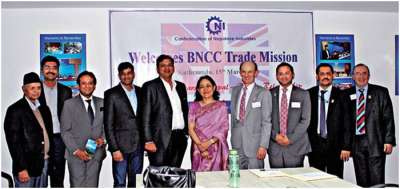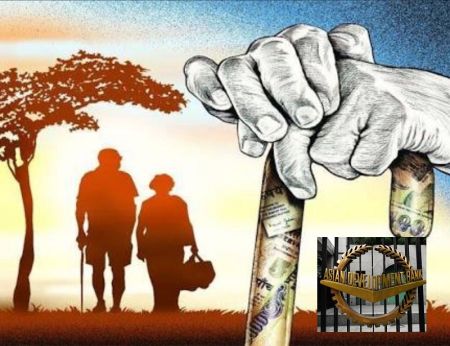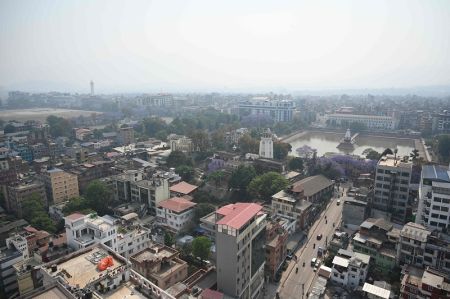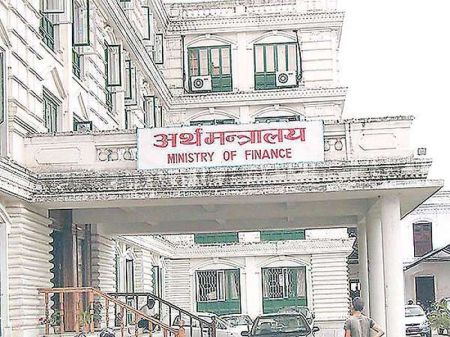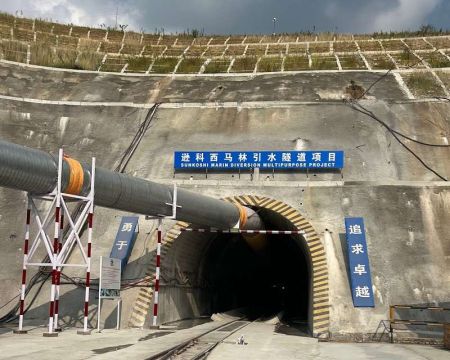--By Siromani Dhungana
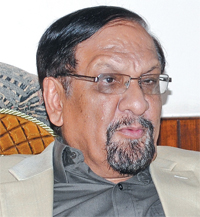 |
| Dr Ram Sharan Mahat Finance Minister |
The government has made a Mid-term Review of the Budget public with an ambitious hope of achieving the targeted 5.5 percent growth rate. Revealing contradictory figures, newly appointed Finance Minister Dr Ram Sharan Mahat has claimed that the targeted growth rate of 5.5 per cent will be realized this year despite extremely low (19 percent of what was budgeted) capital expenditure.
The government’s projection is based on favourable weather for agricultural products, thanks to timely monsoon and winter rains. Though the weather might prove our finance minister lucky, it is not time to rejoice. There are myriad problems ahead for Dr Mahat to bring the economy back on track.
A huge amount has remained idle in the government treasury and low credit off-take from the private sector has resulted in excess liquidity in banks. Similarly, there’s no tangible progress in investment in the productive sector.
The government has Rs 65 billion lying unspent in its treasury at the moment, while banks have excess liquidity of Rs 50 billion, according to the Nepal Rastra Bank (NRB). As of Feb 27, capital expenditure has reached only 19.72 per cent of the budget.
The Mid-term Review of the Budget also revealed that the food prices jumped 13 percent despite increase in the production of agricultural products. Dr Mahat blamed middlemen (intermediaries) as those mainly responsible for the sharp price rise. Though this indicates that the finance minister will be tightening the middlemen that indulge in cartels and syndicates, the power to do so lies mostly with the Home Minister who is from CPN-UML that has a quite different political ideology
Food prices are expected to stabilize or go lower when there is increase in agriculture products, said former commerce secretary Purushottam Ojha. “Food prices go up if there are frequent obstacles in transportation, but that too cannot be an excuse this year as there were not such obstacles sice the last year.”
Another reason for increment in food prices is export of food items. “Export increases demand of products resulting in price hike in the domestic market,” Ojha opined. But the data shows there has not been much export of agro-products this year. The government should study whether there is really increased export of agro products from Nepal, he suggested.
The report has estimated that paddy and maize production grew 12 per cent and 10 per cent respectively. “As livestock production also grew and winter crops are also expected to perform well, the agriculture sector’s overall performance will be much better,” the
report stated.
Leaving the price rise in food items apart, the overall economic indicators are positive in the first half of the current fiscal year.
The Mid-Term Review document of the Budget for the current fiscal year 2013-14 states that positive political developments and their possible positive impact on investment in industry and service sectors will help achieve the targeted growth rate.
Meanwhile, the service sector is expected to post a six percent growth this year, according to the Finance Ministry. Services account for more than 50 per cent of the economy while the farm sector contributes 35 per cent and industry 15 percent, according to the Economic Survey 2012-13.



